XGen is an instancing tool most commonly used for creating hair or populating a scene with instanced geometry. There are two primary methods of using it, depending on what you want to do.
| Use an Interactive XGen Groom if you want to... | Use an XGen Description if you want to... |
|---|---|
|
|
Interactive Grooms and XGen Descriptions are mostly independent - that is, they don't interact except when converting from one system to the other. Because of this, it's best to determine what you want to do with your groom first and then choose the right method based on that. Once you've done so, you can follow the learning paths below to create your instanced geometry.
Hair Learning Paths
| Interactive XGen Groom | XGen Description | ||
|---|---|---|---|
| 1. Basic overview |
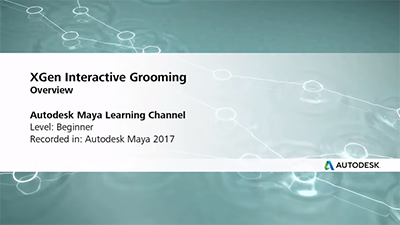 |
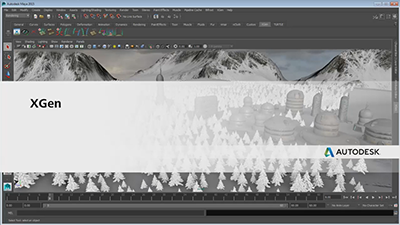 |
|
 |
 |
||
| 2. Create the base primitives |
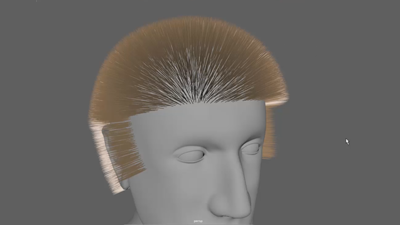 |
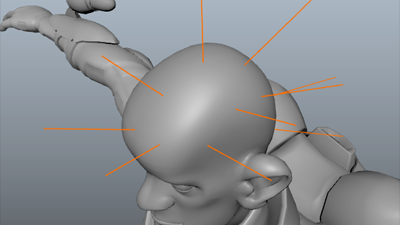
|
|
 |
 |
||
| 3. Groom and shape the hair |
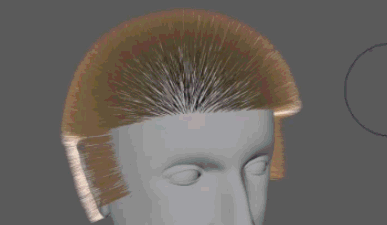 |
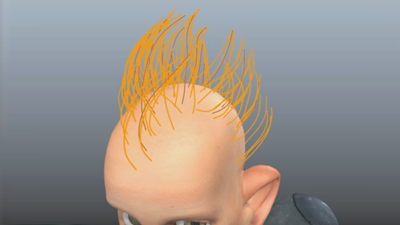 |
|
 |
 |
||
| 4. Add modifiers |
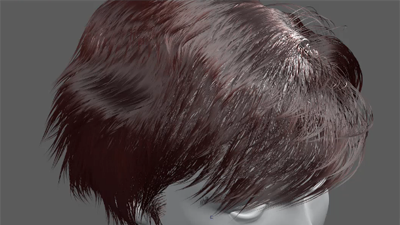 |
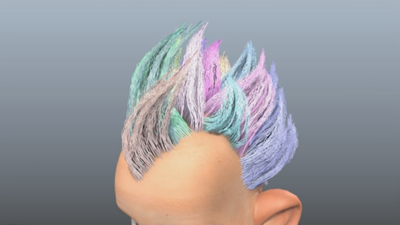 |
|
 |
 |
||
| 5. *Optional* Conversion |
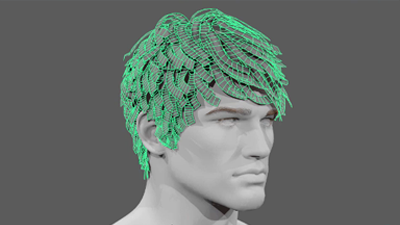 |
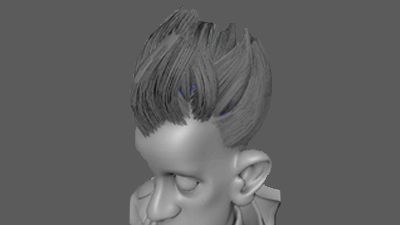 |
|
 |
 |
||
| 6. Animate |
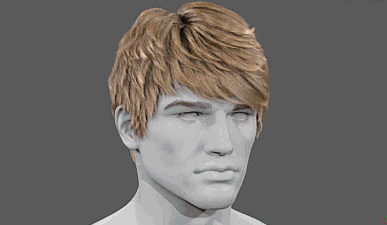 |
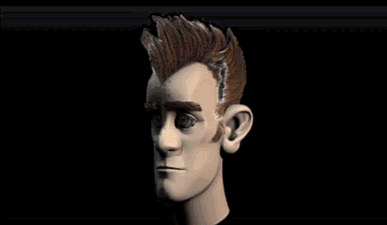 |
|
 |
 |
||
| 7. Render |
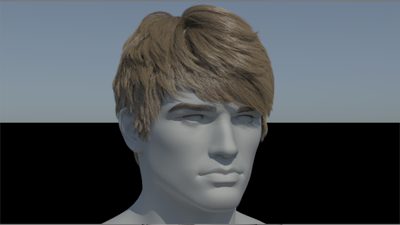 |
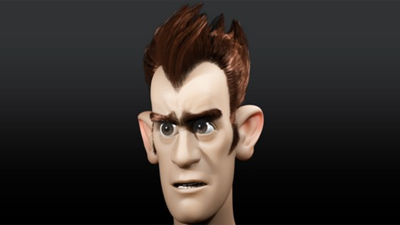 |
|
 |
 |
||
| 8. Save and transfer |
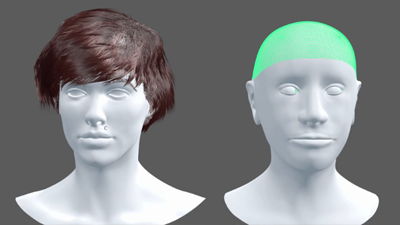 |
 |

